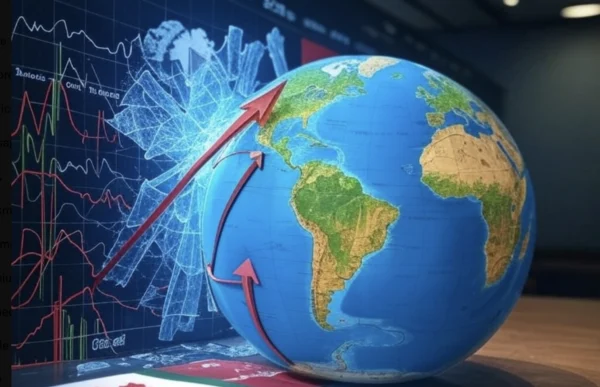
European Union’s €26 billion retaliatory tariffs on US goods as of April 9, 2025, triggered by March 12 tariffs and worsened by Liberation Day measures, with CN code details, economic and ecological impacts, and WTO insights.
Origins and Key Driving Factors
The EU’s tariffs stem from US duties imposed on March 12, 2025, which levied a 25% tariff on EU steel and aluminum and a 20% reciprocal duty on most EU exports. Enacted under Section 232 of the Trade Expansion Act of 1962 and justified by the US as a national security measure, these tariffs were met with EU objections as economically unfounded. The expiration of a 2021 truce on March 31, 2025, coupled with failed negotiations for a lasting resolution, prompted the EU to initiate a two-phase retaliatory framework to offset losses estimated at €6 billion annually for its producers.
The dispute intensified with the US announcement of “Liberation Day” tariffs on April 2, 2025, further exacerbating the trade conflict. Effective April 9, 2025, these measures imposed a 10% universal tariff on all imports and additional country-specific reciprocal tariffs, including a 20% rate on EU goods, aligning with the EU’s retaliatory tariff implementation date. This escalation, layered atop the March 12 tariffs, amplified economic pressures on EU exporters and solidified the EU’s resolve to enact countermeasures targeting US exports.
Tariff Design and Targeted Goods
The EU’s tariffs unfold in two phases. Phase 1, effective April 1, 2025, reinstates tariffs from 2018 and 2020 on €8 billion ($8.5 billion) of US exports, including a 25% duty on steel (CN codes 7206-7217) and aluminum (CN codes 7601-7616), plus tariffs of 10% to 25% on products like tobacco (CN 2401), motorcycles (CN 8711), and poultry (CN 0207). These items, classified under the EU’s Combined Nomenclature (CN) system, target key US industries with political resonance.
Phase 2, scheduled for April 15, 2025, pending member state approval, extends tariffs to an additional €18 billion ($19.5 billion) of US goods, totaling €26 billion. This phase encompasses textiles (CN 50-63), plastics (CN 3901-3926), wood products (CN 4401-4412), and agricultural commodities like beef (CN 0201-0202), seafood (CN 0301-0308), and nuts (CN 0802). The use of CN codes ensures precision and WTO compliance.
Implementation Framework
Phase 1 tariffs were reactivated under pre-existing regulations (e.g., Commission Implementing Regulation 2018/724). Phase 2, governed by the EU’s Enforcement Regulation (No 654/2014), follows a multi-step process, with a stakeholder consultation concluded on March 26, 2025, and comitology review ongoing.
Economic and Ecological Ramifications
Economically, the tariffs impact $28 billion of US exports—about 1% of its $2.5 trillion annual total—affecting sectors from steel to agriculture. For the EU, they offset export losses but risk supply chain disruptions. Ecologically, tariffs on US soybeans (CN 1201) and almonds (CN 0802) may shift sourcing to Brazil or Australia, potentially worsening deforestation or water scarcity, while reduced steel shipments could lower shipping emissions.
Potential WTO Arbitration and Future Prospects
The EU’s WTO-compliant approach positions it for a potential US challenge under DSU Article 22. A dispute panel, if formed by June 2025, could rule by early 2026, with appeals possibly extending to 2027. European Commission President Ursula von der Leyen favors a “zero-for-zero” deal, against US threats like a 200% duty on EU wines (CN 2204).






